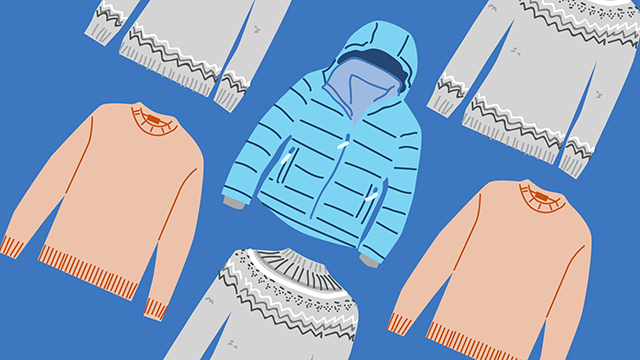How to comply with requirements for labeling products made of cashmere, cotton, down, feather, fur, wool, rayon made from bamboo or other materials; attaching care instructions to garments; making truthful “Made in the USA” claims, and more.
Plain Language Guidance
Whether advertising in print, on radio or TV, or on the Internet, it’s important to disclose the details of the deal up front. This publication offers practical tips on how to make effective disclosures online.
Este campo está desactivado porque no tiene permisos suficientes para editarlo.
When selling feather or down products, it’s important to comply with truth-in-advertising standards. Are your down claims on the up and up?
If your company makes environmental claims in your ads or on your products, you'll want to know about the FTC's Green Guides. This summary of the Guides introduces how truth-in-advertising principles apply to green marketing and highlights terms often used in environmental ads.
People who rely on online reviews of companies, products, and services should be getting an accurate picture of what other consumers think. If you operate a website or platform that features reviews, have processes in place to ensure those reviews truly reflect the feedback received from genuine customers.
Garment labels give consumers important purchasing information. If you manufacture, import or sell fur garments — whether coats, capes, stoles or parkas — you must comply with the labeling requirements under the Fur Products Labeling Act (FPLA). This guidance explains the FPLA’s current requirements.
Consumers rely on online reviews in deciding what to buy. But some businesses abuse that trust by writing or procuring fake reviews or by paying supposedly independent websites for good rankings. Is your company taking steps to avoid that kind of deception and manipulation?
Ten practical lessons businesses can learn from the FTC's 50+ data security settlements.
Most textile and wool products must have a label listing the fiber content, the country of origin, and the identity of the manufacturer or another business responsible for marketing or handling the item. Read this guide to avoid a “tag snag.”

